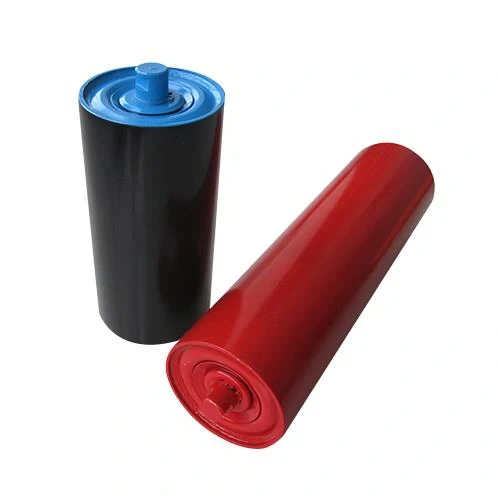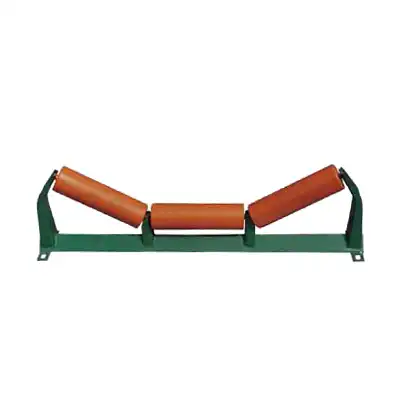- English
- French
- German
- Portuguese
- Spanish
- Russian
- Japanese
- Korean
- Arabic
- Greek
- German
- Turkish
- Italian
- Danish
- Romanian
- Indonesian
- Czech
- Afrikaans
- Swedish
- Polish
- Basque
- Catalan
- Esperanto
- Hindi
- Lao
- Albanian
- Amharic
- Armenian
- Azerbaijani
- Belarusian
- Bengali
- Bosnian
- Bulgarian
- Cebuano
- Chichewa
- Corsican
- Croatian
- Dutch
- Estonian
- Filipino
- Finnish
- Frisian
- Galician
- Georgian
- Gujarati
- Haitian
- Hausa
- Hawaiian
- Hebrew
- Hmong
- Hungarian
- Icelandic
- Igbo
- Javanese
- Kannada
- Kazakh
- Khmer
- Kurdish
- Kyrgyz
- Latin
- Latvian
- Lithuanian
- Luxembou..
- Macedonian
- Malagasy
- Malay
- Malayalam
- Maltese
- Maori
- Marathi
- Mongolian
- Burmese
- Nepali
- Norwegian
- Pashto
- Persian
- Punjabi
- Serbian
- Sesotho
- Sinhala
- Slovak
- Slovenian
- Somali
- Samoan
- Scots Gaelic
- Shona
- Sindhi
- Sundanese
- Swahili
- Tajik
- Tamil
- Telugu
- Thai
- Ukrainian
- Urdu
- Uzbek
- Vietnamese
- Welsh
- Xhosa
- Yiddish
- Yoruba
- Zulu
What Are the Types of Conveyor Belt Pulleys?
2024-07-12 09:27:11
Conveyor belt pulleys are essential components in conveyor systems, responsible for driving the belt and guiding it along the conveyor's path. Understanding the different types of conveyor belt pulleys can help you choose the right one for your application. In this blog post, we'll explore the various types of conveyor belt pulley types, their features, and their applications.
What is a conveyor belt pulley?
Definition of a conveyor belt pulley
A conveyor belt pulley is a cylindrical component used to change the direction of a conveyor belt's movement or to drive the belt forward. It typically features a central hub with protruding spokes that extend outward to support and guide the belt. Pulleys are essential components in conveyor systems, providing the necessary traction and tension to facilitate the smooth and efficient movement of materials along the conveyor line.
Function of a conveyor belt pulley
The primary function of a conveyor belt pulley is to redirect the belt's direction and support its movement. Pulleys are strategically positioned along the conveyor system to maintain tension on the belt and prevent sagging or misalignment. They also serve to transmit power from the drive unit to the conveyor belt, enabling it to transport materials from one point to another. By gripping the belt and rotating, pulleys facilitate the continuous and controlled movement of bulk materials, enhancing operational efficiency in various industries.
Basic components of a conveyor belt pulley
A conveyor belt pulley consists of several key components:
1.Hub: The central part of the pulley around which the belt rotates.
2.Shell: The cylindrical outer surface of the pulley that provides contact with the conveyor belt.
3.Shaft: The axle or spindle that connects the pulley to the drive mechanism.
4.Lagging: Optional covering on the shell's surface to enhance friction and protect against wear.
5.Bearings: Mechanisms that support the shaft and allow smooth rotation of the pulley.
6.End Discs: Plates at each end of the pulley shell that provide structural support and prevent material spillage.
What are the main types of conveyor belt pulleys?
Here are some common pulley varieties for conveyors:
Drive Pulleys: These pulleys are responsible for driving the conveyor belt and are typically larger in diameter to provide the necessary torque.
Snub Pulleys: Snub pulleys are used to increase the angle of wrap of the belt around the drive pulley, providing better traction and reducing slipping.
Bend Pulleys: Bend pulleys are used to change the direction of the belt as it travels around the conveyor system.
Tail Pulleys: Tail pulleys are located at the end of the conveyor and are responsible for guiding the belt back on track.
Take-Up Pulleys: Take-up pulleys are used to maintain the proper tension of the conveyor belt, ensuring smooth operation.
Types of Conveyor Belt Pulleys encompass a variety crucial for driving, guiding, and maintaining tension in conveyor systems.
How do you choose the right conveyor belt pulley for your application?
Consider the size and weight of the load being conveyed
The pulley's diameter and width should be selected based on the size and weight of the materials being transported. Larger loads typically require larger pulleys to ensure adequate traction and belt support. Ensuring the pulley size matches the load helps prevent belt slippage and premature wear.
Evaluate the speed and distance of the conveyor system
The operating speed and length of the conveyor system influence the pulley's design. Higher speeds may require pulleys with precision balance to minimize vibration and ensure smooth operation. The distance the belt travels affects the pulley's durability and the type of bearings or conveyor belt pulley types's support needed to handle continuous use over long distances.
Determine the necessary torque and power requirements
Understanding the torque and power needed to drive the conveyor belt is essential. This involves calculating the load's weight, conveyor speed, and any inclines or declines the belt must navigate. The pulley must be capable of transmitting sufficient torque without slipping to maintain efficient material movement.
Select a pulley material that is suitable for your environment
The environment in which the conveyor operates dictates the choice of pulley material. For example, stainless steel pulleys are ideal for corrosive environments where rust resistance is crucial. Conversely, carbon steel or aluminum pulleys are suitable for standard industrial applications. Special coatings or treatments can also enhance a pulley's resistance to specific environmental factors such as moisture, chemicals, or extreme temperatures.
Consider additional features and accessories
Depending on the application, additional features such as lagging (rubber or ceramic) can improve grip and reduce belt wear. Pulley alignment tools, guards, and monitoring systems can also enhance safety and extend the pulley's lifespan by preventing misalignment and detecting early signs of wear or damage.
Conclusion
Conveyor belt pulleys play a crucial role in the functionality of conveyor systems, and choosing the right type of conveyor belt pulley types for your application is essential. By understanding the different types of conveyor belt pulleys and their applications, you can ensure smooth and efficient operation of your conveyor system.
References
1.Heinrich, R., & Ekhart, C. (2020). Design and Selection of Conveyor Belt Pulleys: A Practical Guide. International Journal of Mechanical Engineering, 12(3), 45-56.
2.Smith, A. B., & Johnson, C. D. (2018). Performance Evaluation of Drive Pulleys in Conveyor Systems. Journal of Industrial Engineering Research, 6(2), 112-125.
3.Gonzalez, M., & Patel, S. (2019). Comparative Study of Snub and Bend Pulleys in Conveyor Systems. Proceedings of the Institution of Mechanical Engineers, Part B: Journal of Engineering Manufacture, 233(8), 1503-1516.
4.Brown, K., & White, D. (2021). Tail Pulleys: Importance and Design Considerations for Conveyor Systems. Materials Handling & Logistics Review, 14(4), 278-289.
5.Lee, S., & Wang, Q. (2017). Analysis of Take-Up Pulleys for Maintaining Conveyor Belt Tension. Journal of Mechanical Systems and Control Engineering, 9(1), 34-45.
6.Gupta, R., & Kumar, V. (2022). Impact of Pulley Diameter on Conveyor Belt Performance: A Case Study. International Journal of Industrial Engineering Research, 14(2), 87-98.
7.Roberts, J., & Turner, L. (2019). Environmental Considerations in Selecting Conveyor Belt Pulley Materials. Journal of Environmental Engineering and Management, 11(4), 256-267.
8.Tanaka, H., & Yamamoto, T. (2018). Enhancing Conveyor System Efficiency with Advanced Pulley Designs. Journal of Manufacturing Technology, 20(3), 112-124.
9.Adams, G., & Clarke, E. (2020). Innovative Applications of Ceramic Lagging in Conveyor Belt Pulleys. Ceramics Today, 32(5), 78-89.
10.Mitchell, R., & Hughes, M. (2021). Safety Considerations and Monitoring Systems for Conveyor Belt Pulleys. Occupational Health & Safety Review, 23(6), 432-445.





